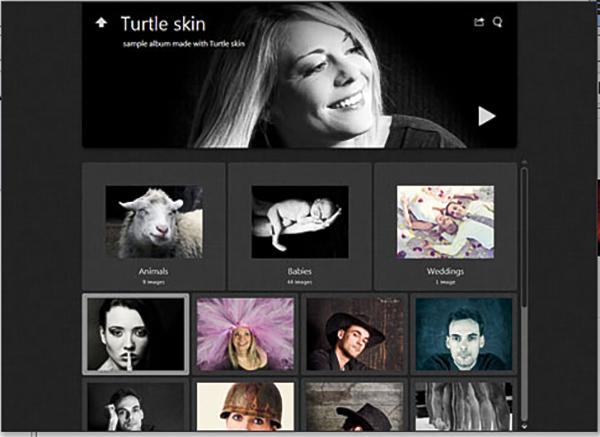George Schaub
|
Sep 13, 2016
Compact Camera NewsCompact Camera ReviewsDrone NewsDrone ReviewsDSLR NewsDSLR ReviewsLens NewsLens ReviewsLighting NewsLighting ReviewsMedium Format Camera NewsMedium Format Camera ReviewsMirrorless Camera NewsMirrorless Camera ReviewsNewsPhoto Accessory NewsPhoto Accessory ReviewsPhoto Paper NewsPhoto Paper ReviewsPrinter NewsPrinter ReviewsSoftware NewsSoftware ReviewsVideo Camera NewsVideo Camera Reviews
|
Jun 07, 2016
|
Mar 15, 2016
|
Feb 19, 2016
|
Dec 15, 2015
|
Nov 12, 2015
|
Oct 26, 2015
|
Oct 26, 2015











